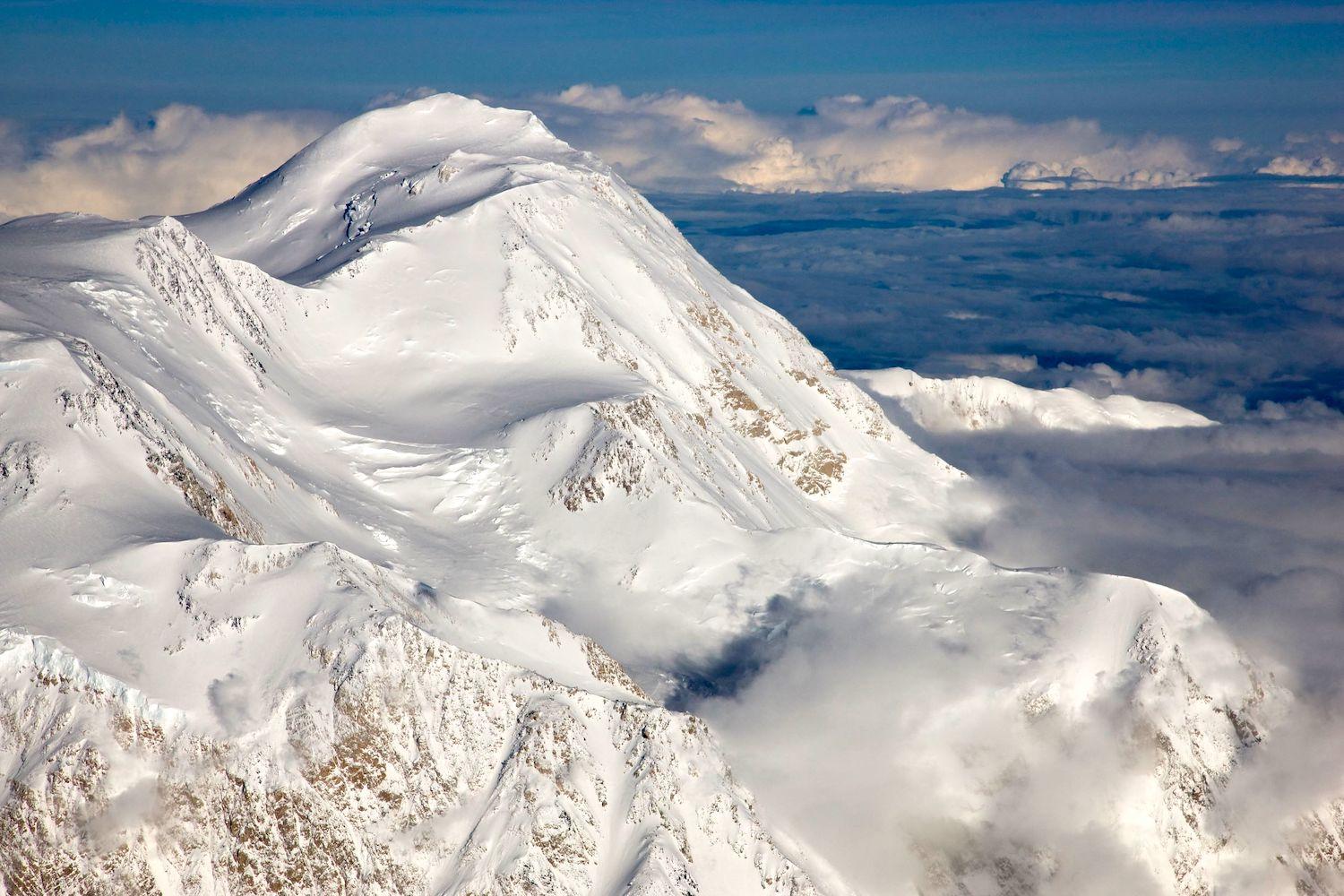
The beautiful, but unforgiving upper elevations of Denali/NPS, Jeff Pflueger
Editor's note: This clarifies that the rangers' concerns are focused on the West Buttress approach to Denali.
A number of incidents early in this year's climbing season at Denali National Park and Preserve has prompted climbing rangers at the park to voice concerns that not all the climbers who hope to spend time in the Alaska Range this year are fully prepared for the challenges they'll encounter.
There have been a small number of accidents in the park this year, including one on May 24 in which a climber was left in critical condition after taking a tumbling fall estimated at nearly 1,000 feet along the popular West Buttress route that leads to Denali's summit. There also were two fatalities this year, but they were elsewhere in the range. One climber was killed on May 13 when he and his partner were hit by a falling serac just as they were beginning a climb. On May 3, a skier died after falling deep into a crevasse near the Eldridge Glacier.
On May 27 an article posted on the blog of the park's mountaineering rangers voiced their concerns about the many climbers heading up the West Buttress route with hopes to summit Denali. In that post the rangers pointed out that they had "seen a disturbing amount of overconfidence paired with inexperience in the Alaska Range. While climbers may have a good deal of experience at elevations up to 14,000 feet in the Lower 48, the remoteness and extreme weather we get in the Alaska Range make the experience here more challenging and dangerous. Please do not underestimate conditions, take the time to acclimatize and do not ascend too quickly. We have already had several (search and rescue) events related to (High-altitude pulmonary edema) this year."
"Another disturbing trend we are seeing is people attempting the summit from 14,000 feet. While it is totally reasonable to gain 7,000 feet of elevation in a day in Colorado and summit a 14’er, going from 14,000 feet to the (20,310-foot) summit of Denali is a whole different undertaking," they added. "There are very few mountaineers capable of moving fast enough to accomplish this safely. Exhaustion, untested physiological response to high altitude, rapidly changing weather, and insufficient gear on such a long push are all factors we have seen contribute to injuries and deaths for those attempting a summit out of 14 camp."
The rangers also noted that as a result of this strategy, to start at 14,000 feet and head for the summit, more than a few climbing teams have disintegrated, "where one or more members of an expedition decide that they are not going any higher, but the remaining member (s) are undeterred. In many cases, these determined climbers end up forming loose coalitions with other individuals who they have just met for the first time and who are equally summit-driven. Collectively, this is a recipe for disaster."
Experienced and well-prepared teams on the mountain have found their climbs disrupted by the ill-prepared.
"A number of climbing teams have had their own summit bids disrupted or ruined by the need to care for these climbers. And in the worst case, these climbers take injurious or even fatal falls, become incapacitated with high altitude sickness, or develop compromised mobility by frostbite, situations which place the lives of professional rescuers and other responding climbing teams at significant physical risk," the rangers wrote.
Finally, the rangers said some climbers who arrive in the park come with faulty impressions of what they'll find in terms of infrastructure.
"Even though the West Buttress is the most popular and well-traveled route on Denali, you are still mountaineering in a remote, high-altitude environment in the wilderness. Rescue is not guaranteed, and your emergency plan should not be contingent upon the NPS," they wrote. "Rescuer safety will always be our first priority, and weather or lack of resources often preclude us from coming to help. The NPS policy is to only respond to immediate threats to life, limb, or eyesight. Anything that we deem falls outside these categories, we will leave you to figure out on your own, and this year we have already turned down rescue requests that don’t meet these criteria."
In ending, the rangers wrote: "The bottom line: do not let the crowds on the West Buttress lull you into a false sense of security. Be prepared and take the objective hazards of this climb seriously. You do not want to be the subject of the next Denali National Park news release."



Add comment